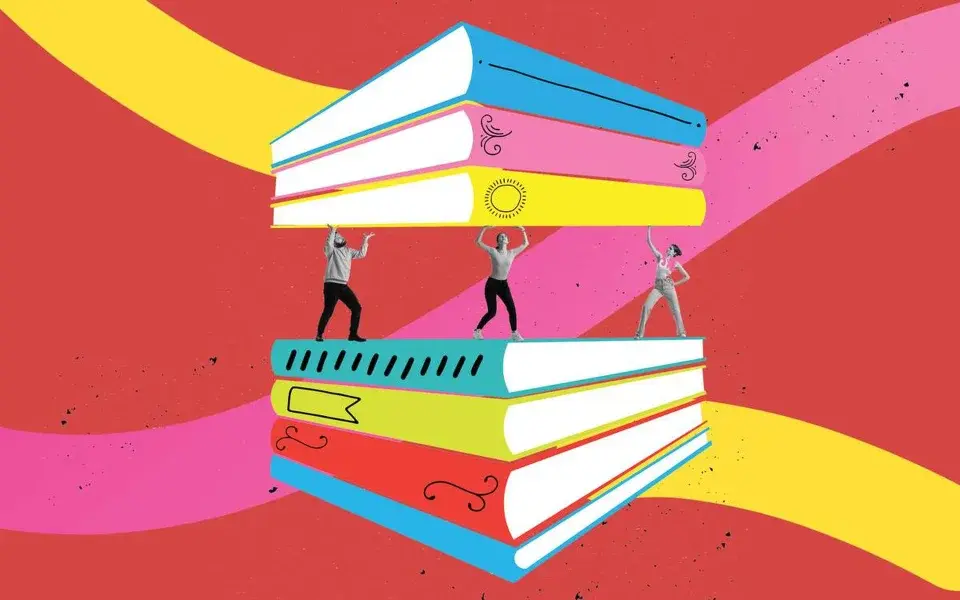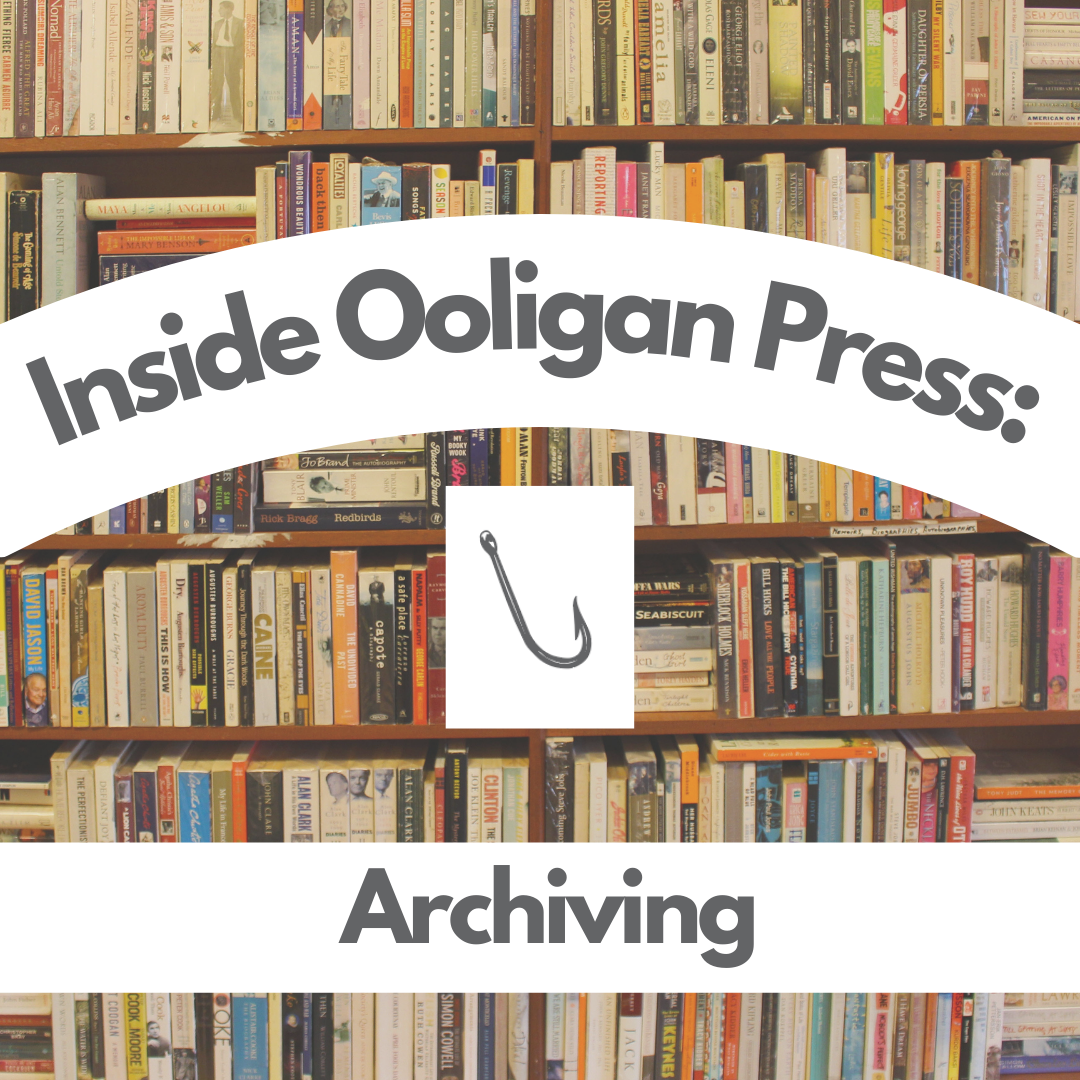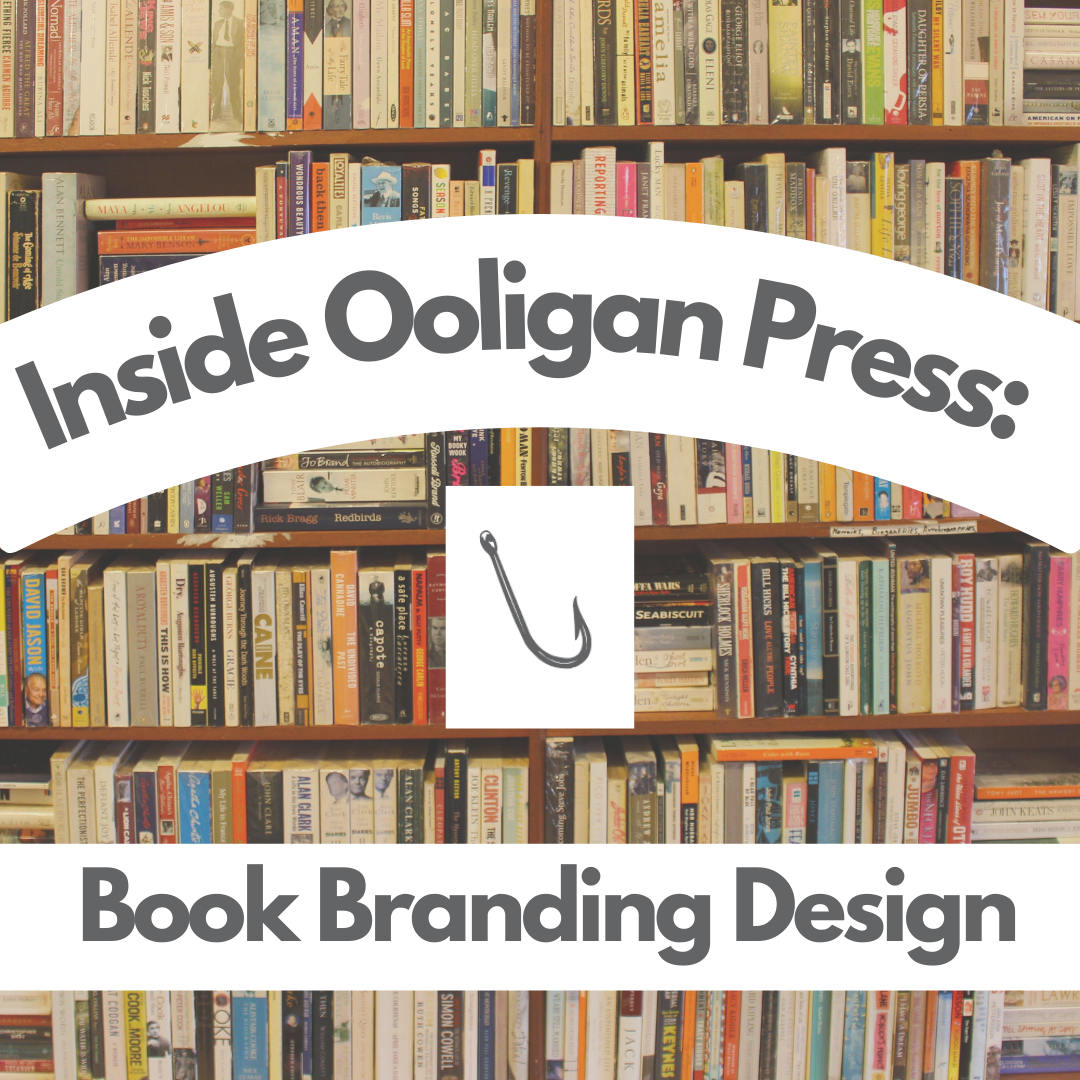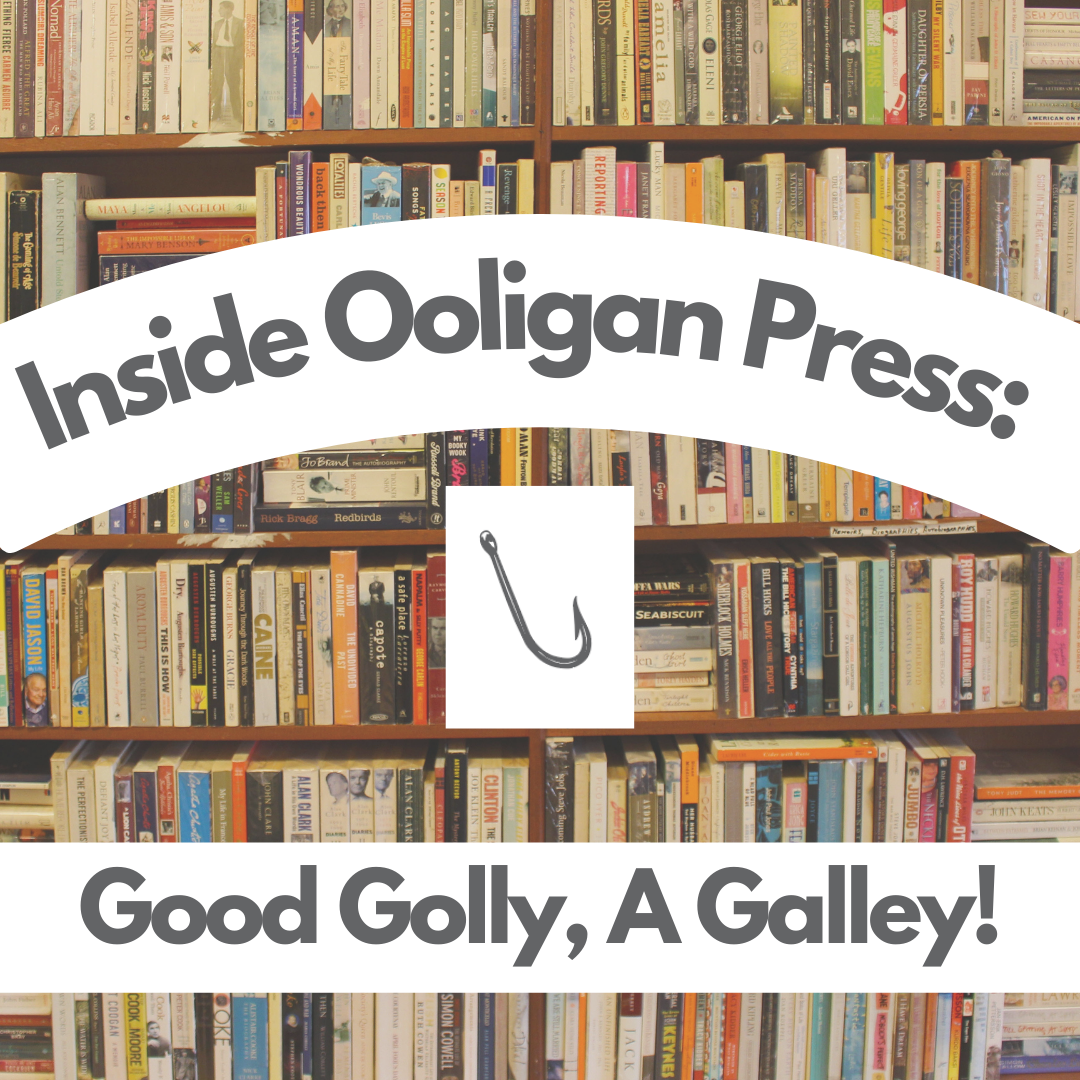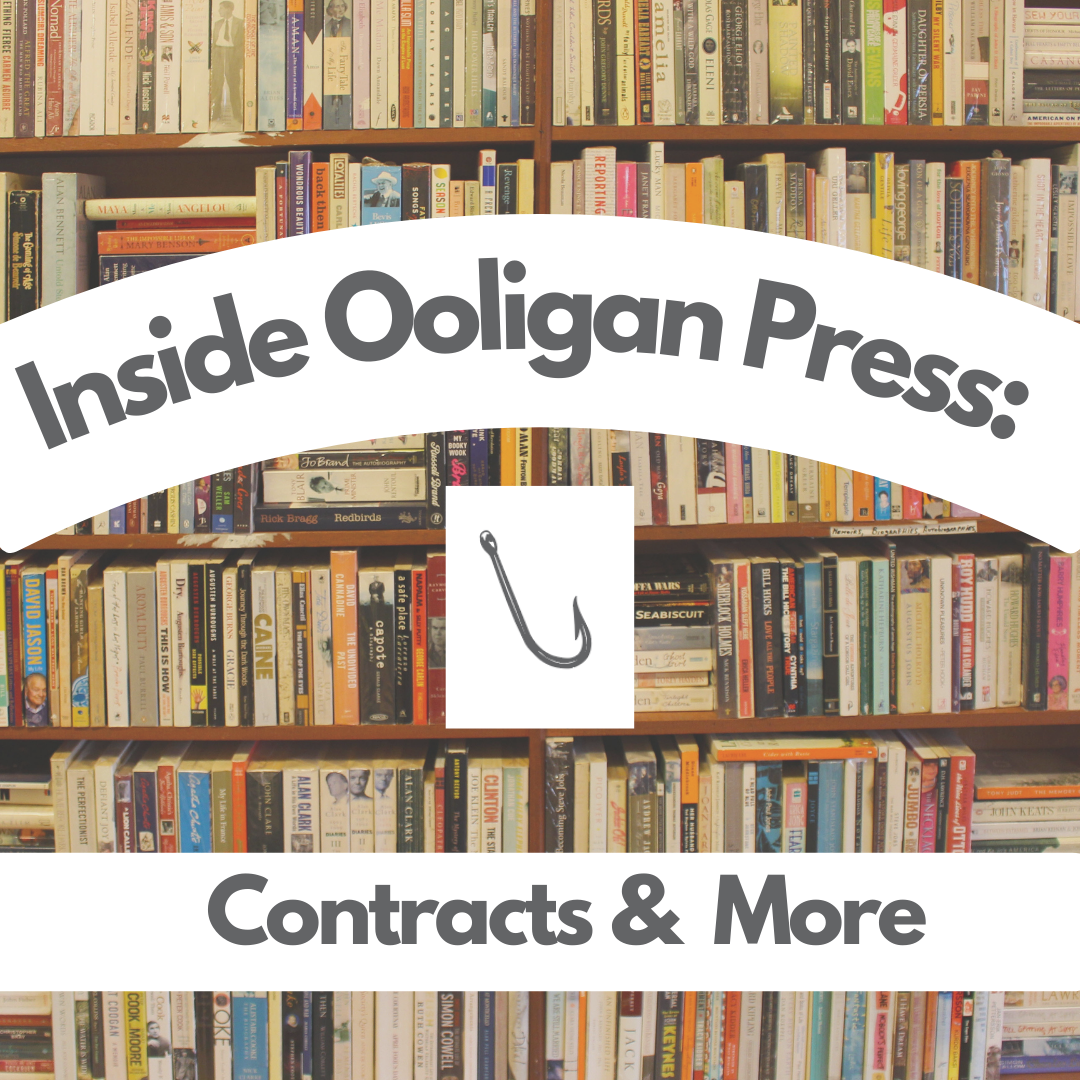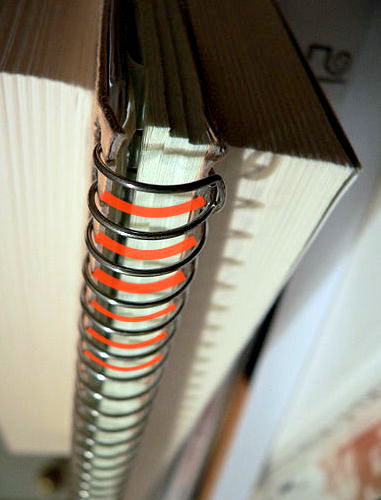Sensational Reading: Judging a Book by Its Color
Think of book design like giving a gift. The wrapping paper or gift bag you use to conceal the contents will affect how excited the person receiving the gift will be to discover what is inside. These visual influences are psychologically conditioned in our brains from early childhood that either draw us towards what we typically like or alert us to avoid the undesirable.


